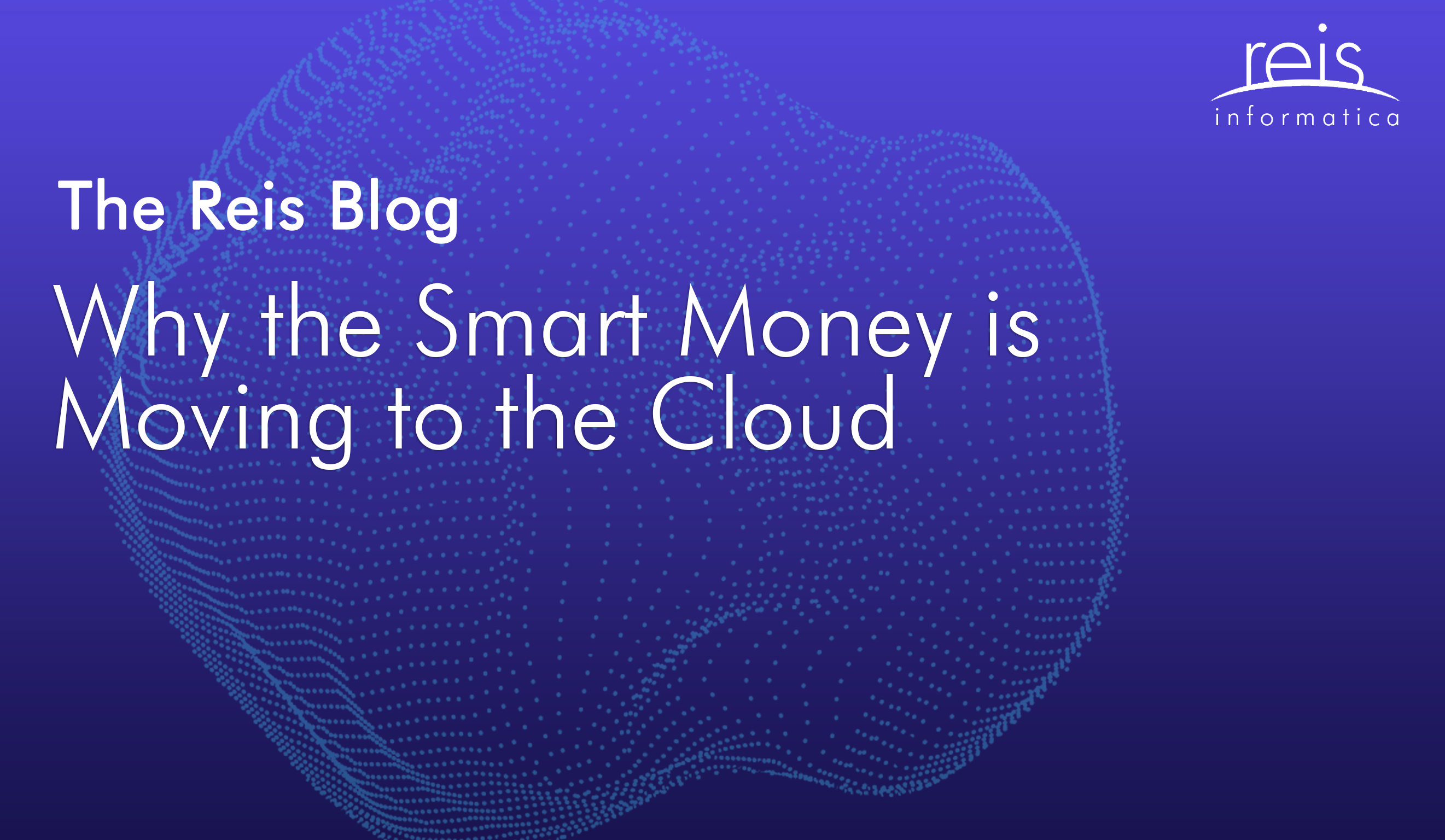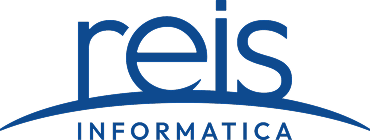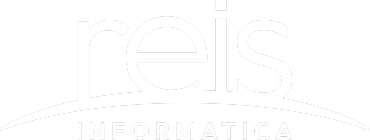Everybody loves having the latest, newest and best technology but there’s one small problem: whatever you buy today will be outdated by tomorrow. And with technology’s accelerating rate of change, ‘tomorrow’ comes faster and faster every year.

That’s why ‘as a service’ (aaS) software (and even hardware) offerings are becoming more popular. More broadly, it’s also why leasing can often be a better option than owning, the same as outsourcing means having better equipment and service at a lower cost. If you no longer need to buy equipment, it means those costs shift from capital to operating expenses. All your expenses are deductible in a single tax year which means no more carrying depreciation for faster tax deductions and an end to complicated depreciation calculations.
When a business decision is made to outsource and move to the cloud, the first things being moved usually tend to be email, accounting, software, and backups.
Accounting
“An accounting file on a server or desktop is difficult to access by anyone who is not in front of the computer,” says Sholto Macpherson, editor of Digital First, a website dedicated to accounting technology. “Once it is in the cloud, a company can access it from anywhere and share it with external accountants, auditors, company directors and senior management.”
That is why the cloud is where innovation is, Macpherson says. “Accounting software in the cloud can plug into many sources of data, such as e-commerce platforms, inventory and warehouse management, analytics and CRM software. Software developers are prioritizing online software, so the cloud then becomes the best source of innovation.”
An email was one of the first cloud-based functions to see widespread adoption amongst businesses (Gmail or Office 365). That makes email a great choice for the first move in transitioning your business to the cloud.
When the US government’s CIO told agencies to identify at least three legacy systems to move to the cloud, many chose email. Their reasons included cost savings and also the potential to:
-
Provide more reliable services
-
Upgrade faster
-
Offer new collaboration capabilities
Software
Software as a service (SaaS) means lower initial costs – no more buying expensive software packages and worrying about getting the best licensing deal or having licences that you’ve paid for sitting around being unused. You simply sign up and pay for your software on a consumption basis.
Your provider will manage updates and upgrades for you, removing the need for patch management and security fixes. And in some cases you might even want to look at PC or workplace as a service (PCaaS and WaaS) as a way to roll up new hardware and refreshes into a single package.
Backup
Cloud backup avoids a common problem in backup infrastructure: adding storage to the primary environment but not matching it with additional capacity to match it in the backup environment. With cloud backup, you pay only for what you need – so as you add storage in the primary environment, your cloud service scales to match it.
Your costs will come down because you’re not paying for infrastructure, such as data centers, and your vendor probably has complimentary services like replication, redundancy and disaster recovery. So it won’t just save you money – backing up your data on the cloud just might save your business.
It’s easy to see that the cloud is here to stay and, in many cases, its value proposition is irresistible. Many small and medium businesses are already entirely cloud-based and while larger businesses may prefer or need to keep some data and functions in-house (for regulatory, competitive or other reasons), it’s not hard to see a future where the vast majority of business data and transactions are located in a data centre far, far away.
Switching to the cloud is easier than you think
Source:Search Blogs. (n.d.). Retrieved from https://www.fortinet.com/blog/search.html?q=cloud

